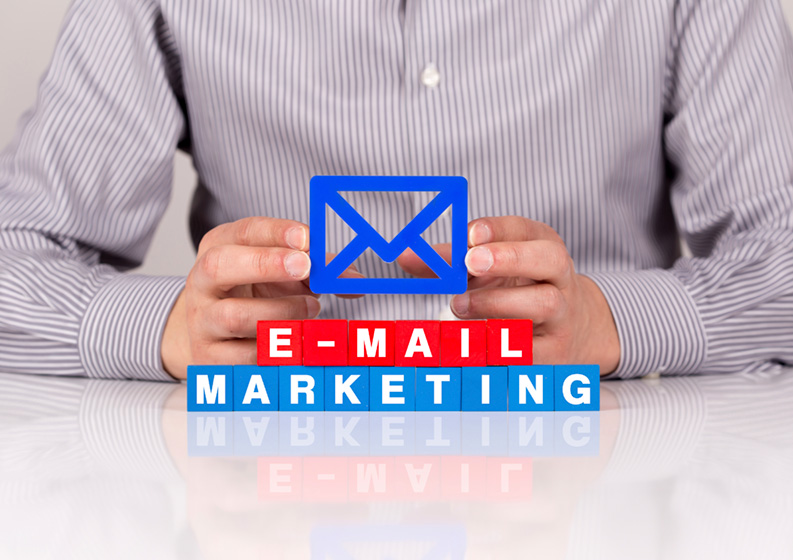Ten e-mail campaign practices that really work
Outbound E-mail has become a core marketing element in most lead generation and nurturing efforts. After conducting hundreds of e-mail campaigns over the last few years, we’ve learned a bit about what makes them successful. Here’s our list of 10 things to consider when creating your next campaign.
- Group your target prospects and customers. Make sure you segment your recipients by interest area, geography, or other demographic information important to the buying process.
- Customize content for your unique buyer personas. Develop e-mails with content and messaging for each of the above groups. This ensures that each e-mail delivers relevant information that will engage your prospect and significantly improve effectiveness.
- Standardize your send information and brand presentation. Increase the likelihood that recipients recognize your e-mail by using a consistent “from” name and corresponding e-mail address. Also, standardize your e-mail templates’ graphics for greater brand recognition and familiarity.
- Deliver a straightforward call to action. Each e-mail should communicate only one clear call to action. Repeat it in several places. Don’t confuse or overwhelm the recipient with superfluous links, offers, or messaging.
- Send at the best time. Research shows that Tuesday, Wednesday, and Thursday are the best days to send your e-mail campaigns. Early morning and mid-day are the best times. Keep time zones in mind.
- Ensure deliverability. Make sure your e-mail subject lines do not have spam filter-unfriendly words such as “free,” “credit,” “revenue,” or “prizes.” Proof campaign content in an open-source spam testers or in an e-mail reader to determine if there are deliverability or formatting problems.
- Consider mobile devices. Mobile devices represent the fastest growing class of e-mail reading software. A recent campaign sent to a client’s list of over 8,000 contacts had a higher percentage of iPhone/iPad users (17.6%) than Outlook 2010 users (14.7%).
- Subject lines are still important. Be economical with your subject lines. Try to work your brand name organically into the subject and not necessarily at the beginning. Try to include a short and sweet call to action. Some terms such as “Reminder” or “Please confirm” tend to adversely affect open rates. While other terms such as “Thank you” or “Important” tend to be considered power words that increase open rates. Think in terms of headlines and shoot for an overall character length of 30 to 60 characters.
- Schedule maintenance. Set aside time for keeping your lead management database up to date and clean with de-duplication. Review and adjust lead segmentation schemes.
- Use the analytics. Most e-mail campaign solutions come with analytics that report on open rates, click rates, bounces, visited links, and un-subscribes. Use these analytics to develop metrics that measure your campaign’s success. Compare the results to industry benchmarks. (See our Oct. 16 blog post.) Also, look for an e-mail marketing solution that provides statistics on e-mail software so you can understand what your audience is using to read your e-mails.
Adopting these best practices will provide a greater return on your e-mail marketing ROI by achieving higher open rates, more downloads, and greater lead conversion.


